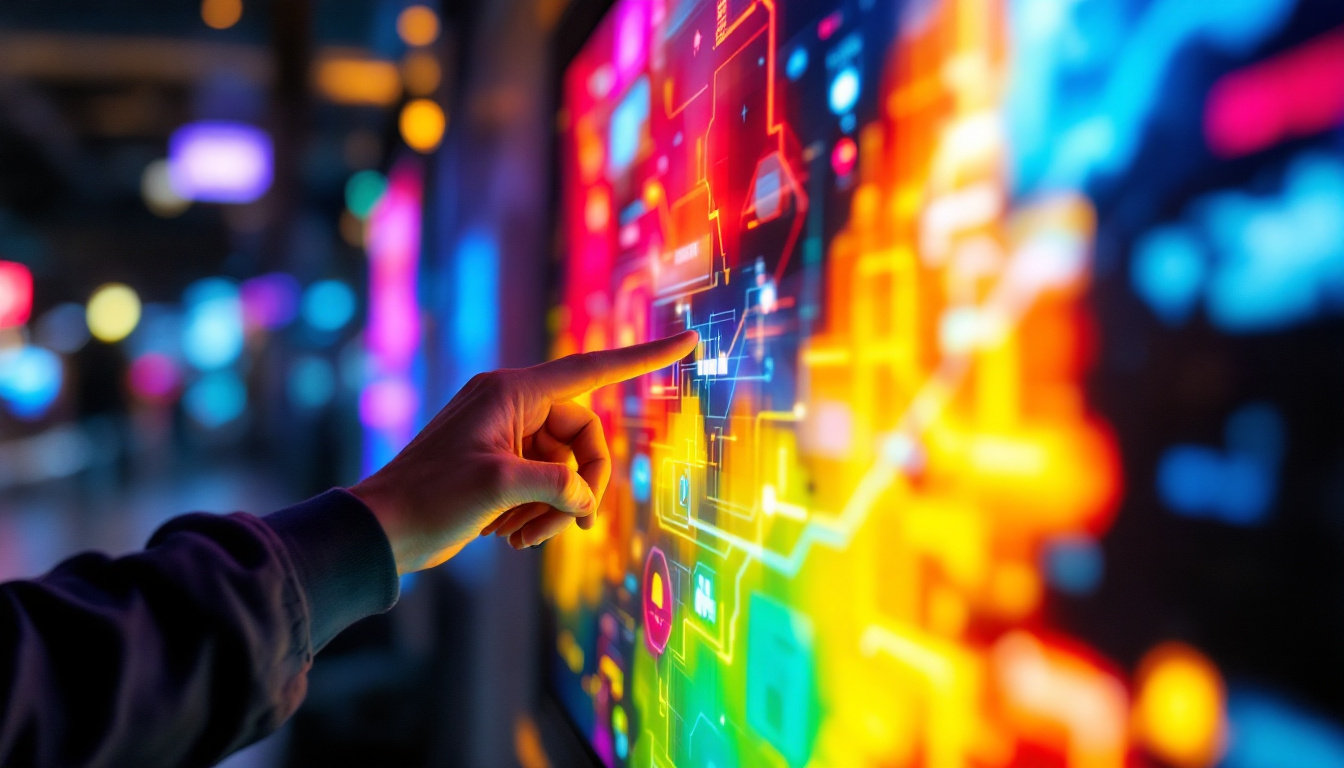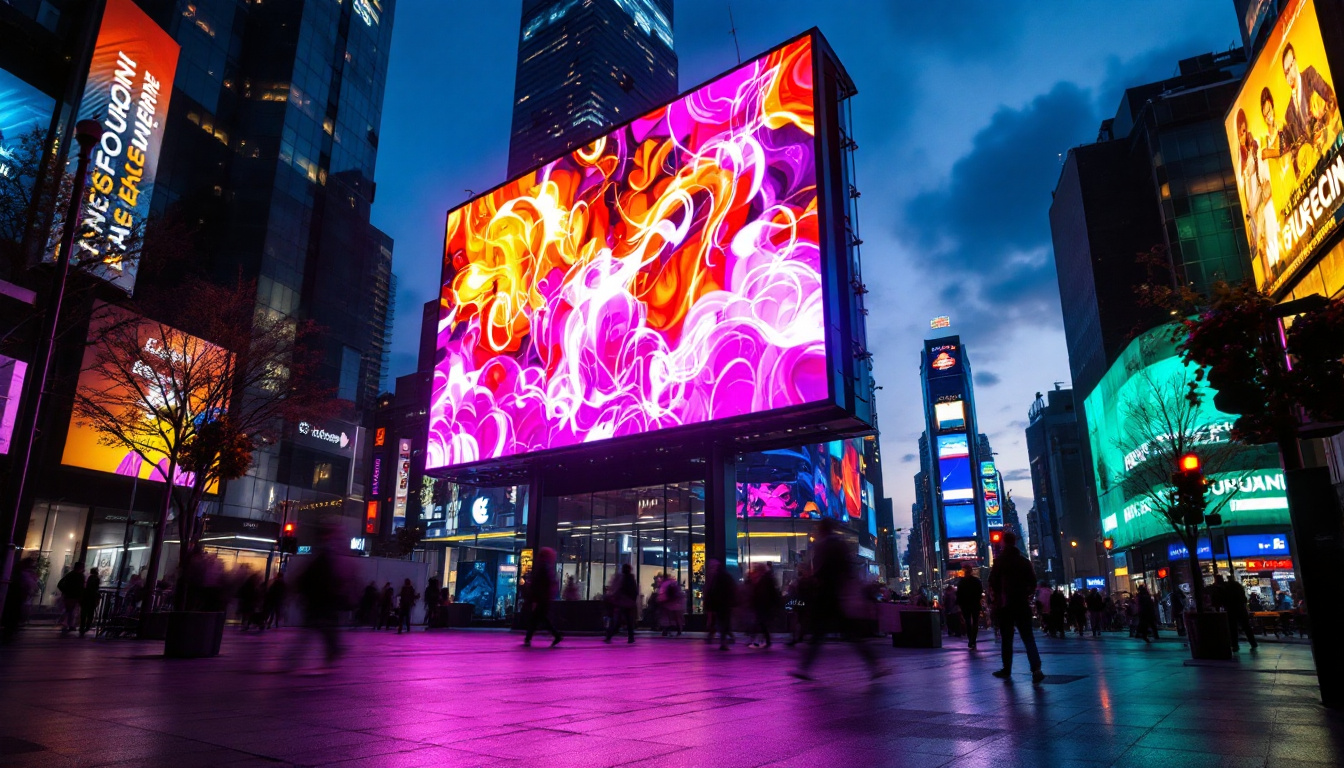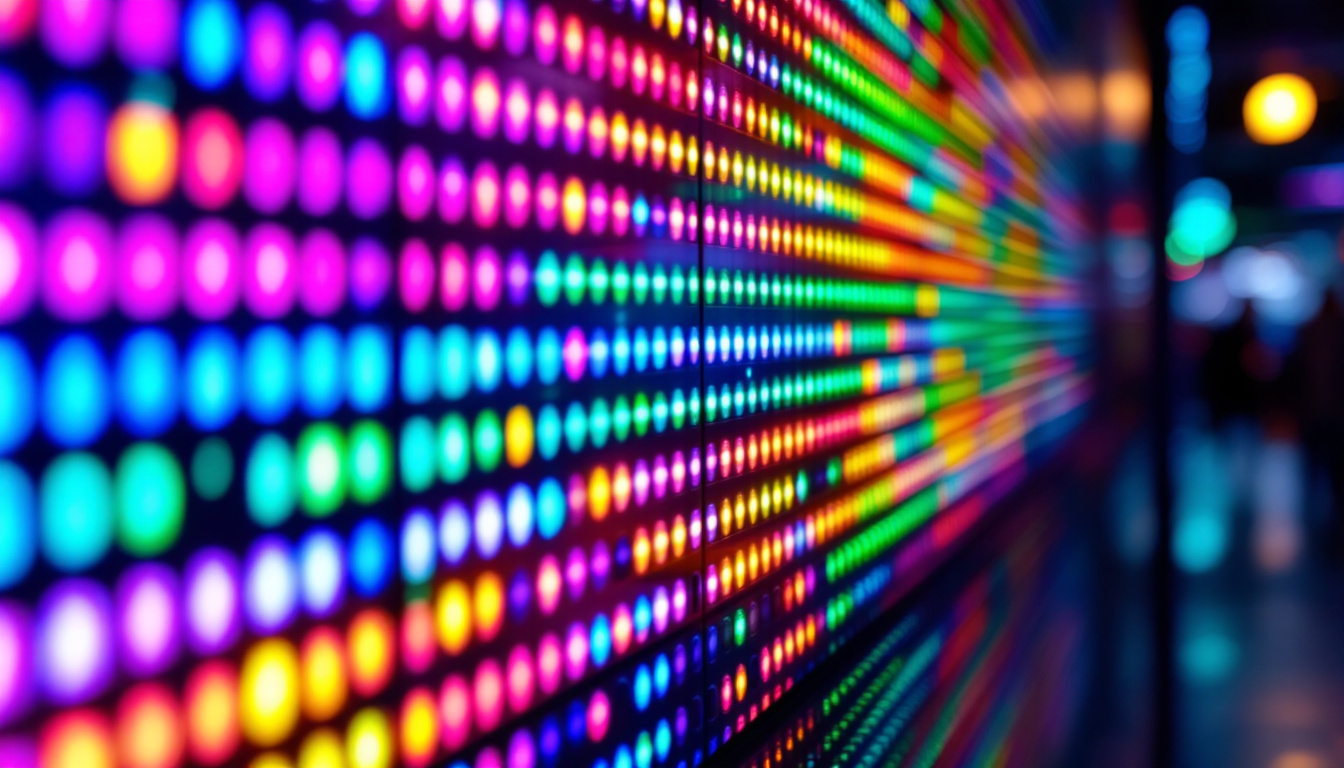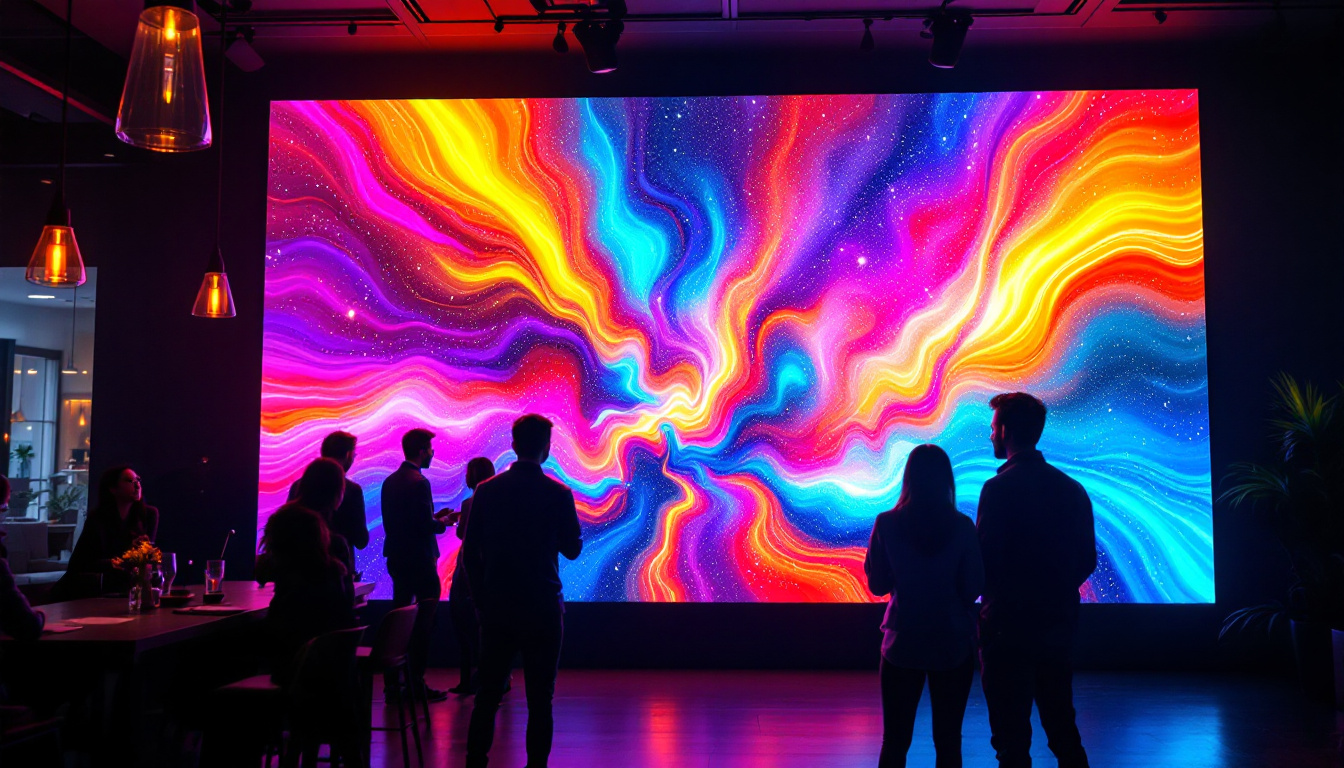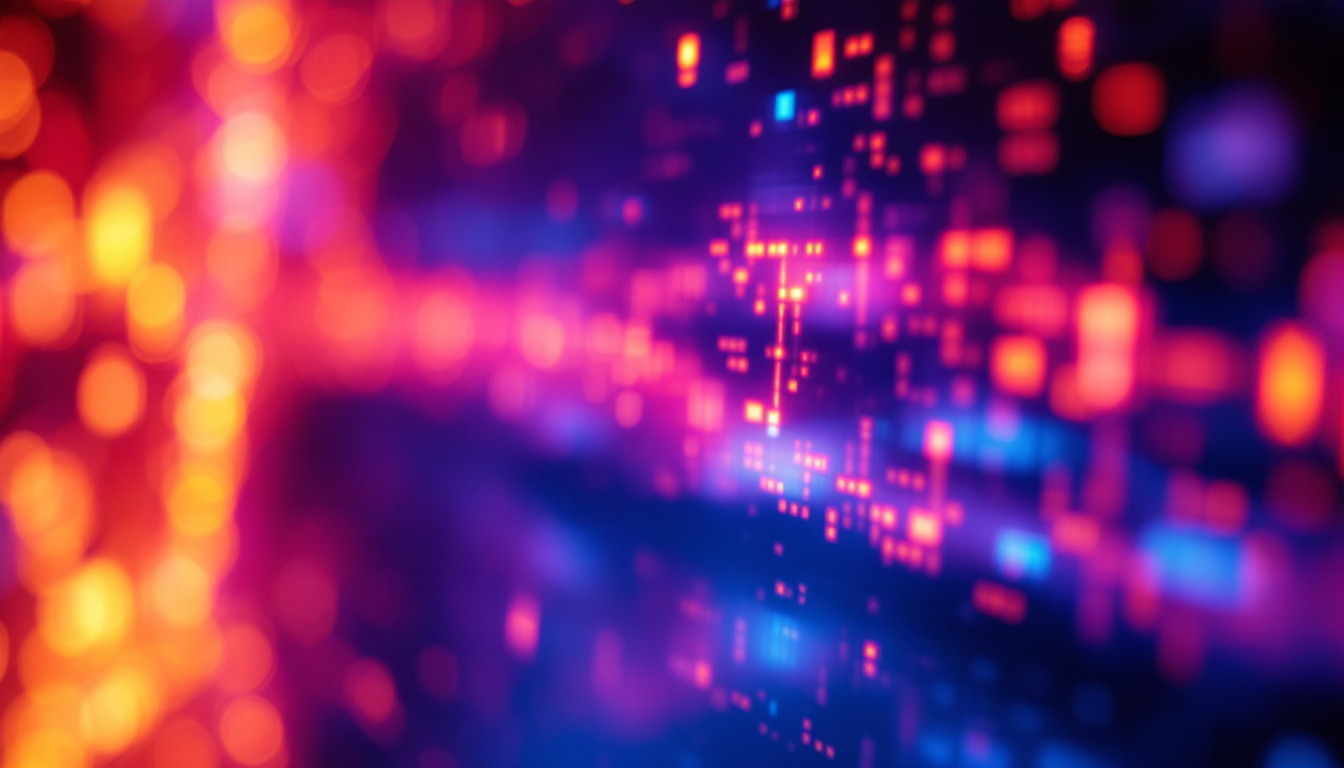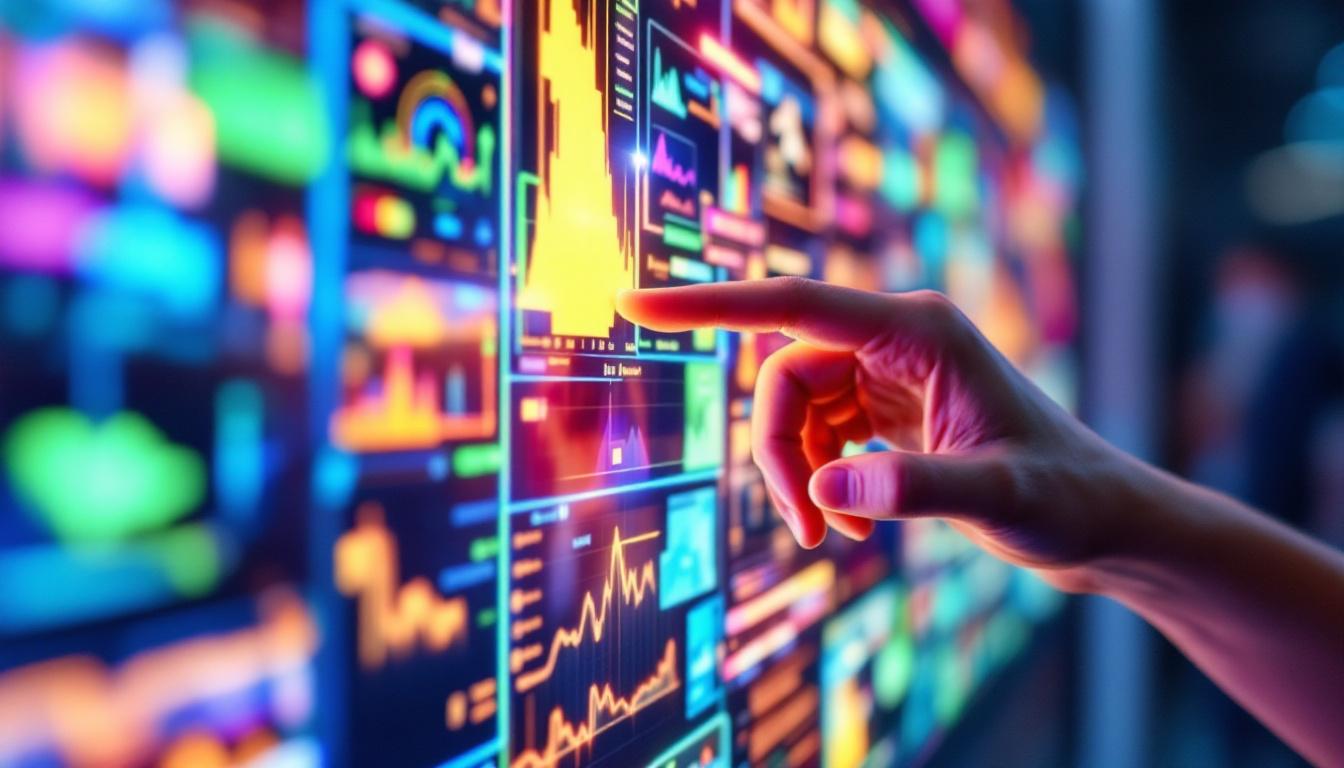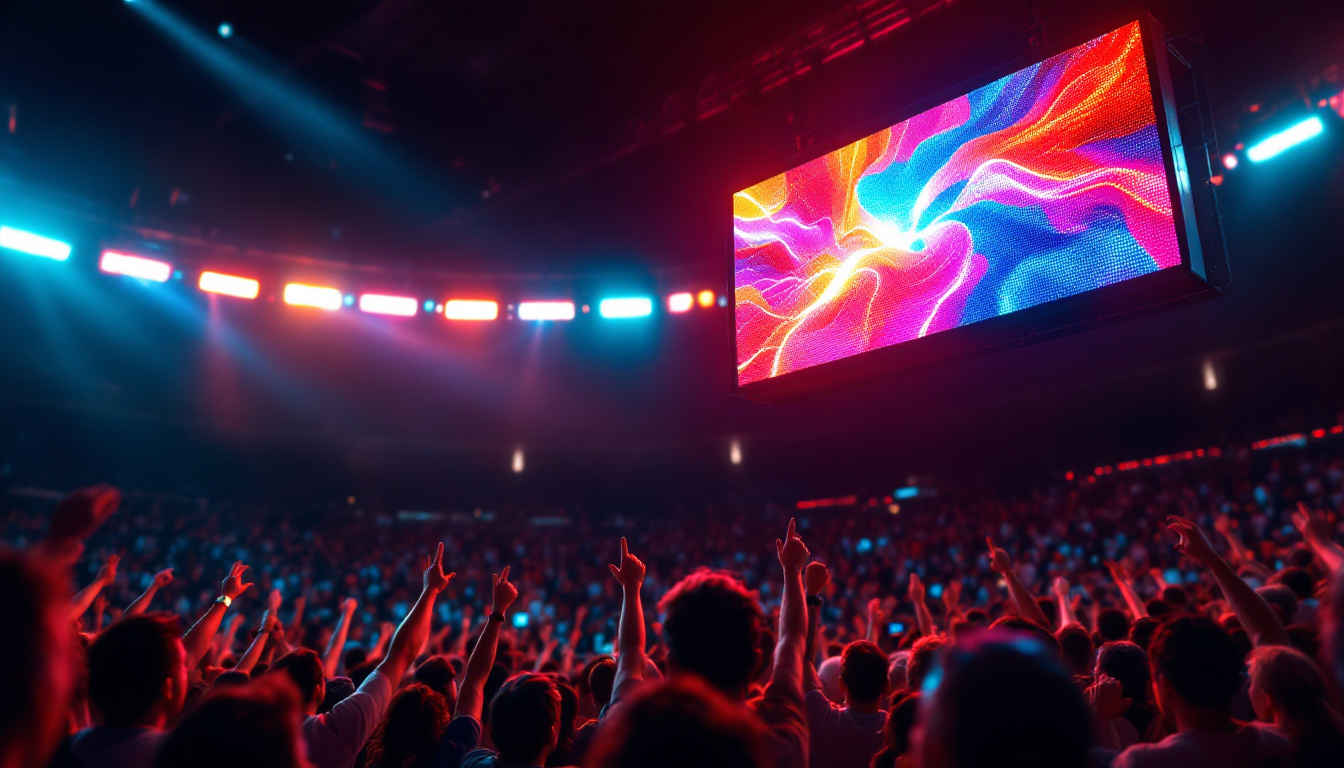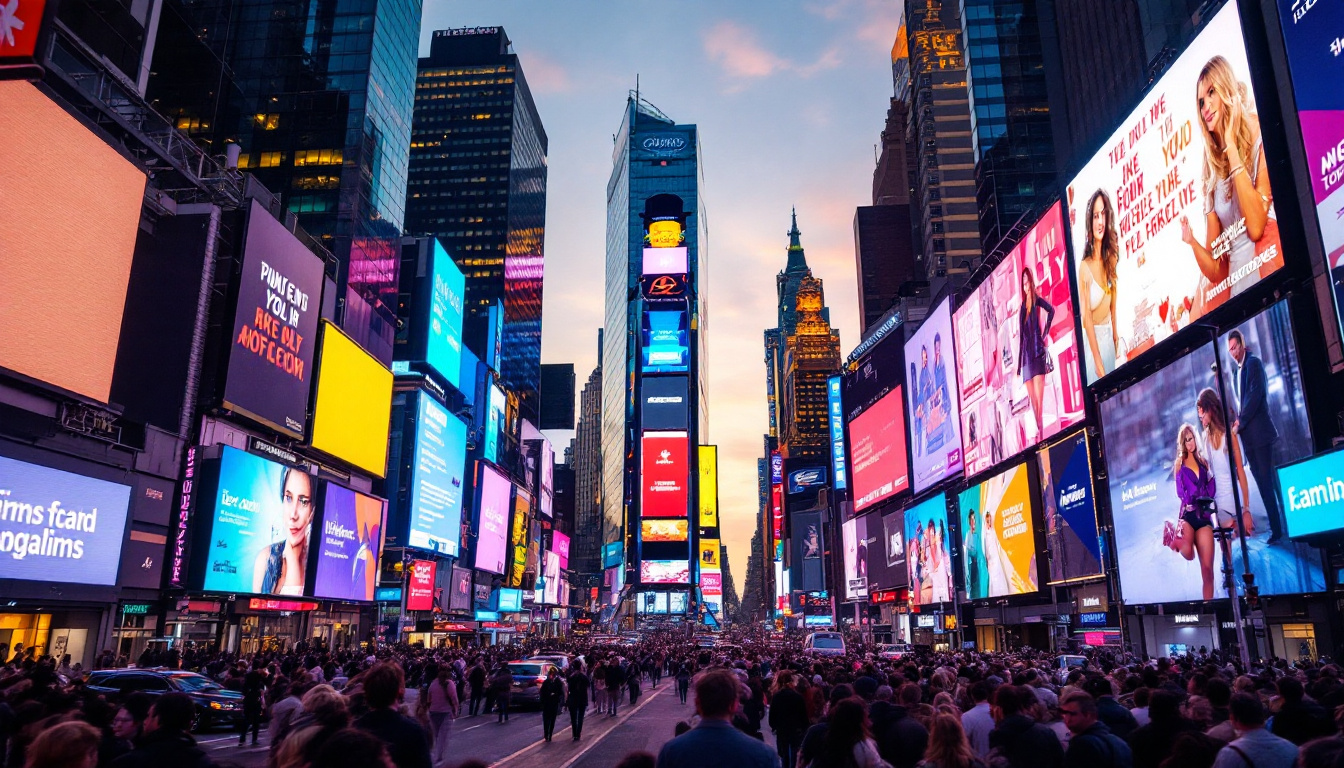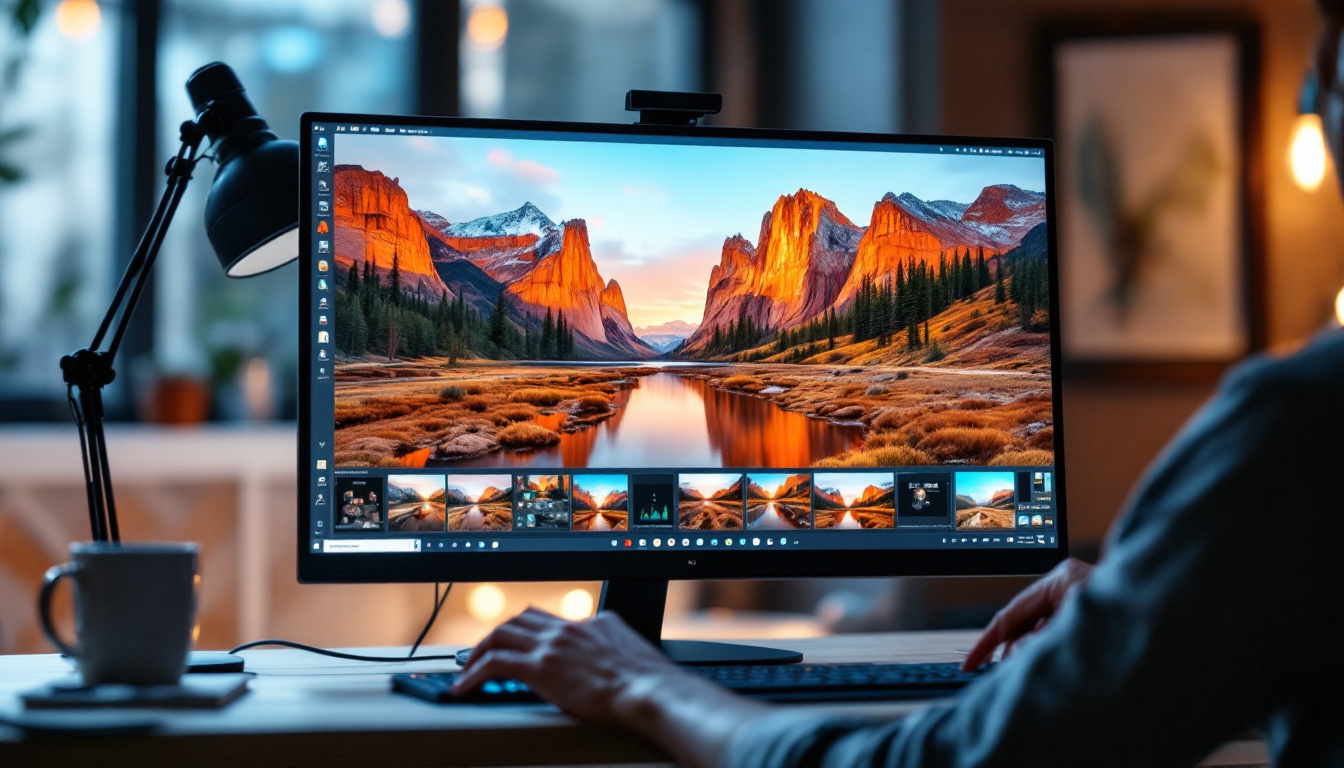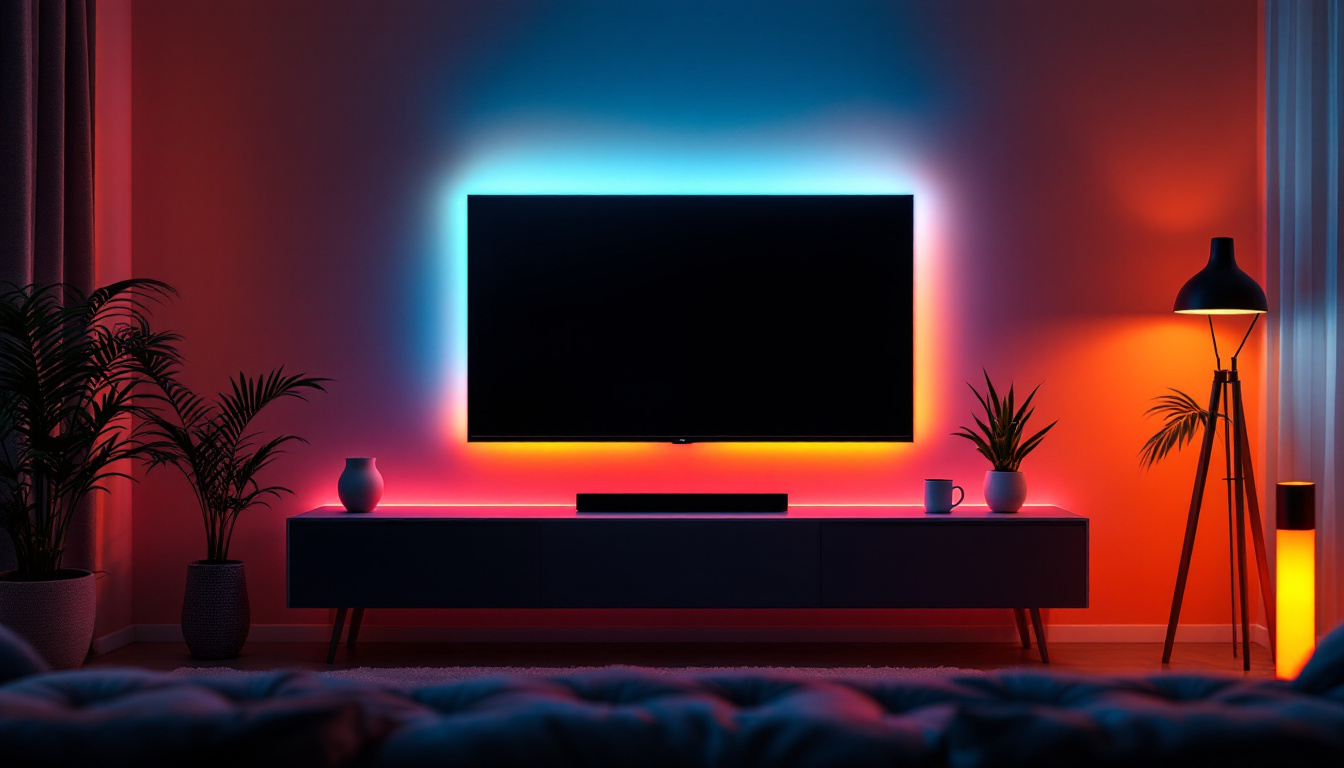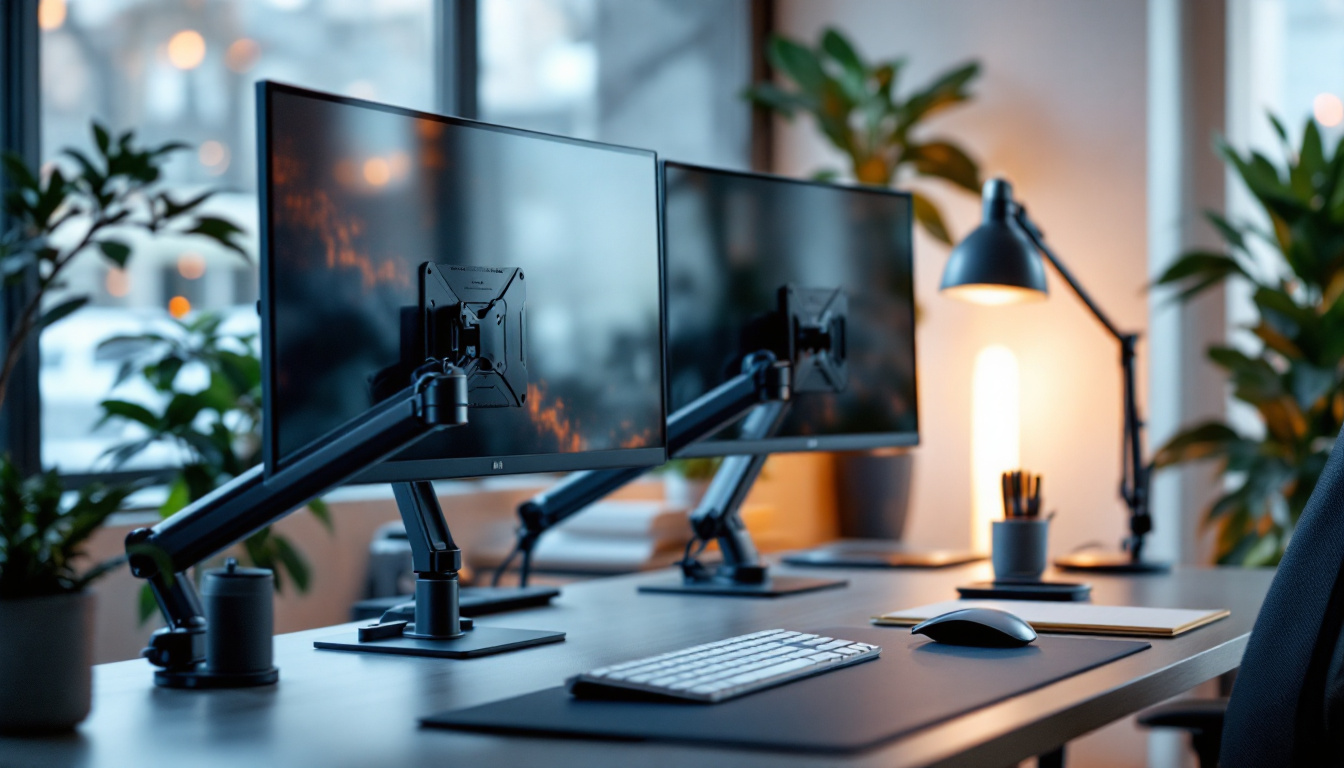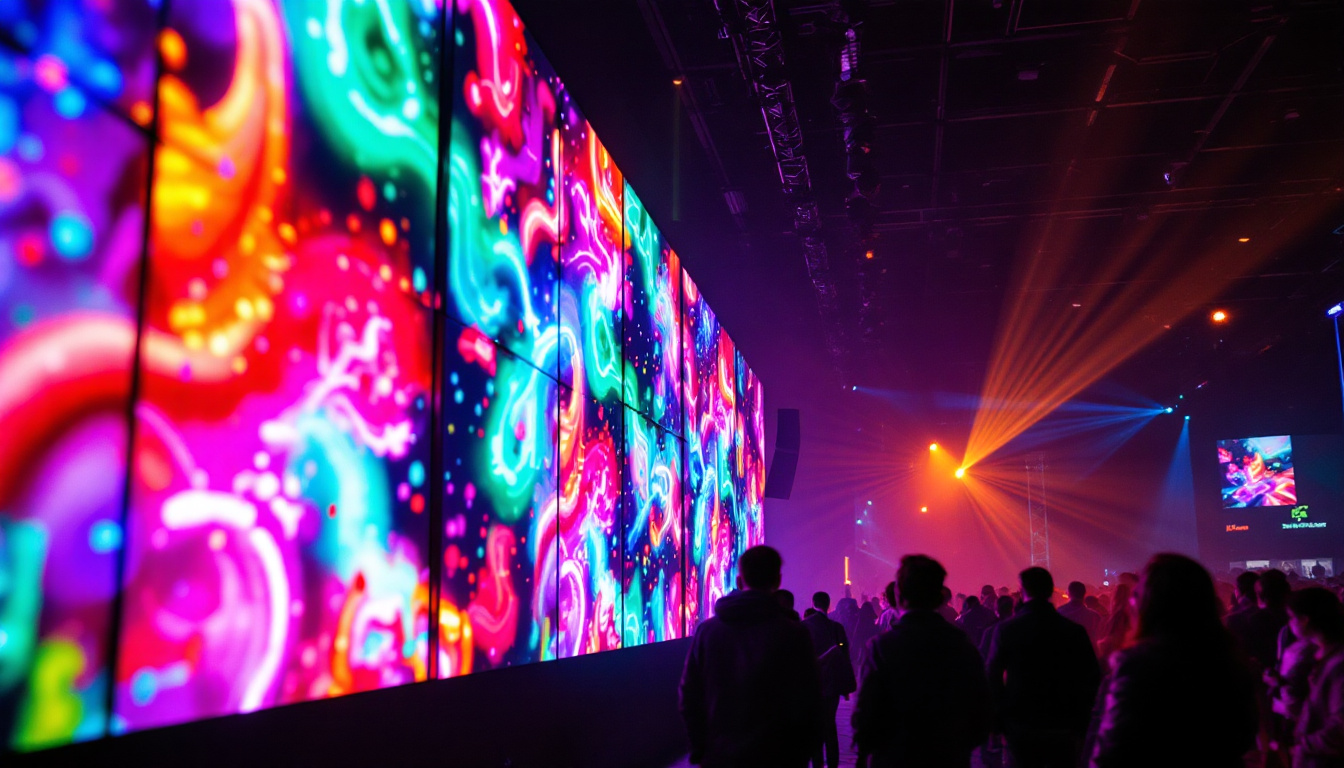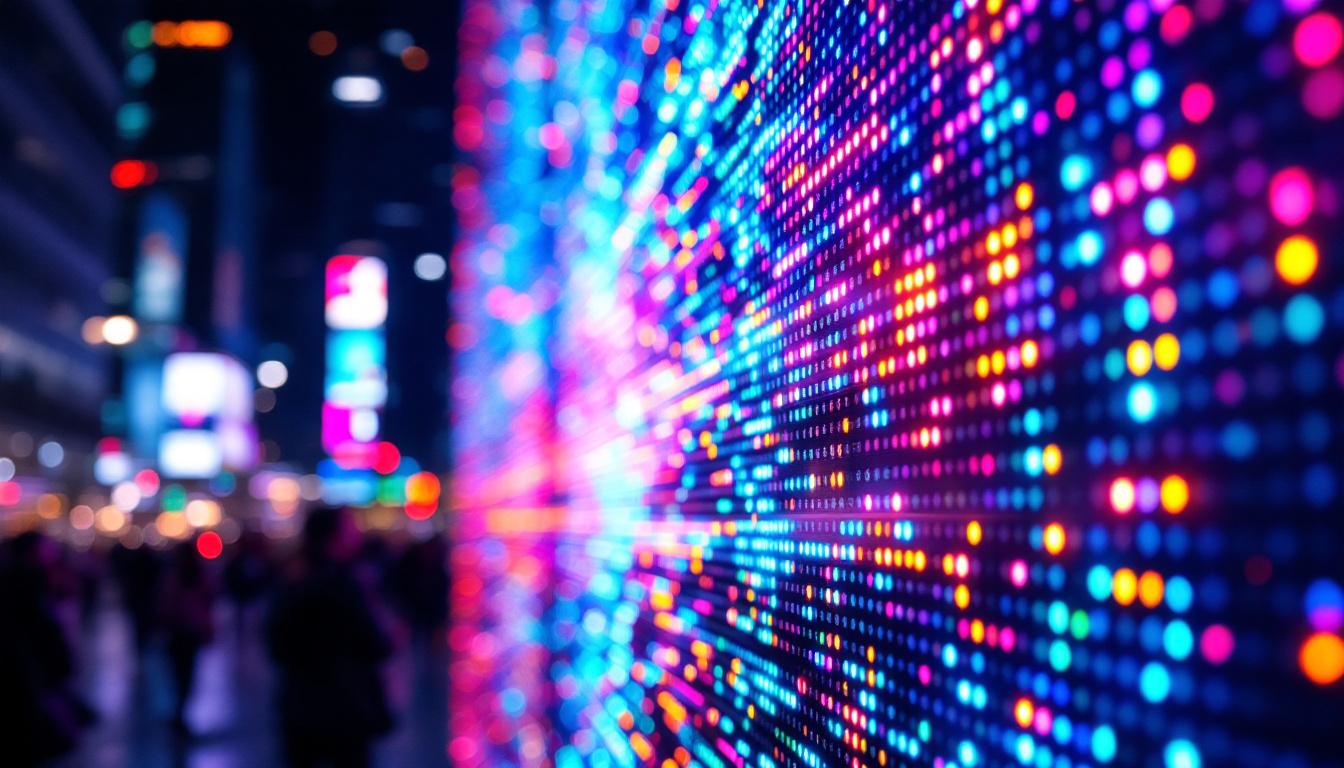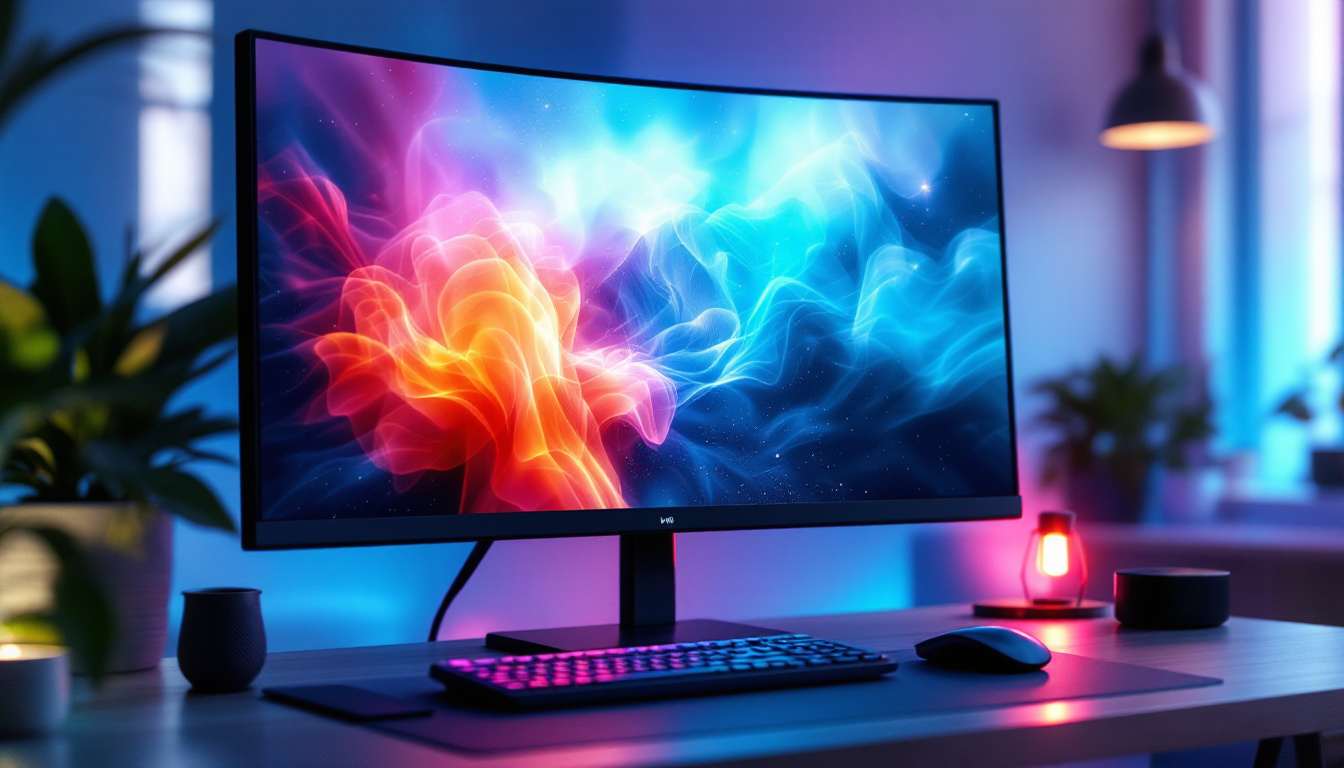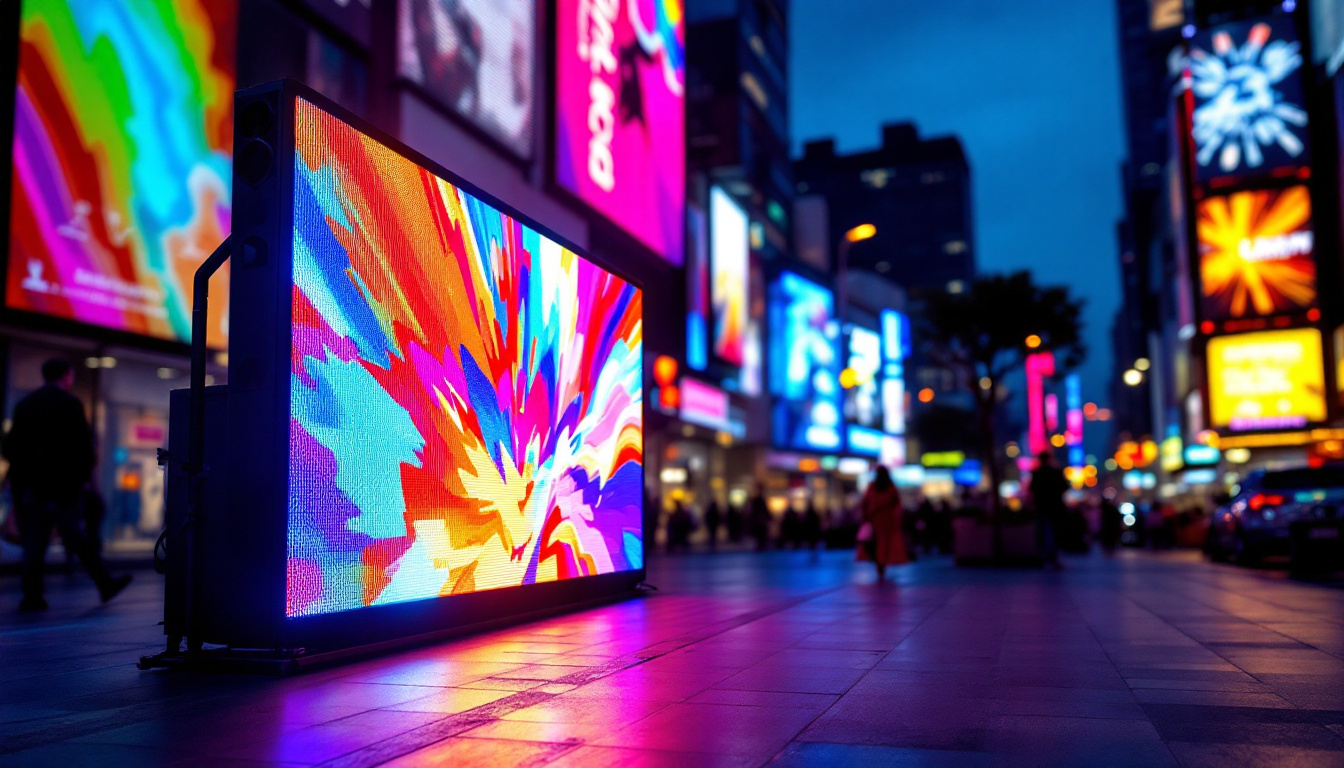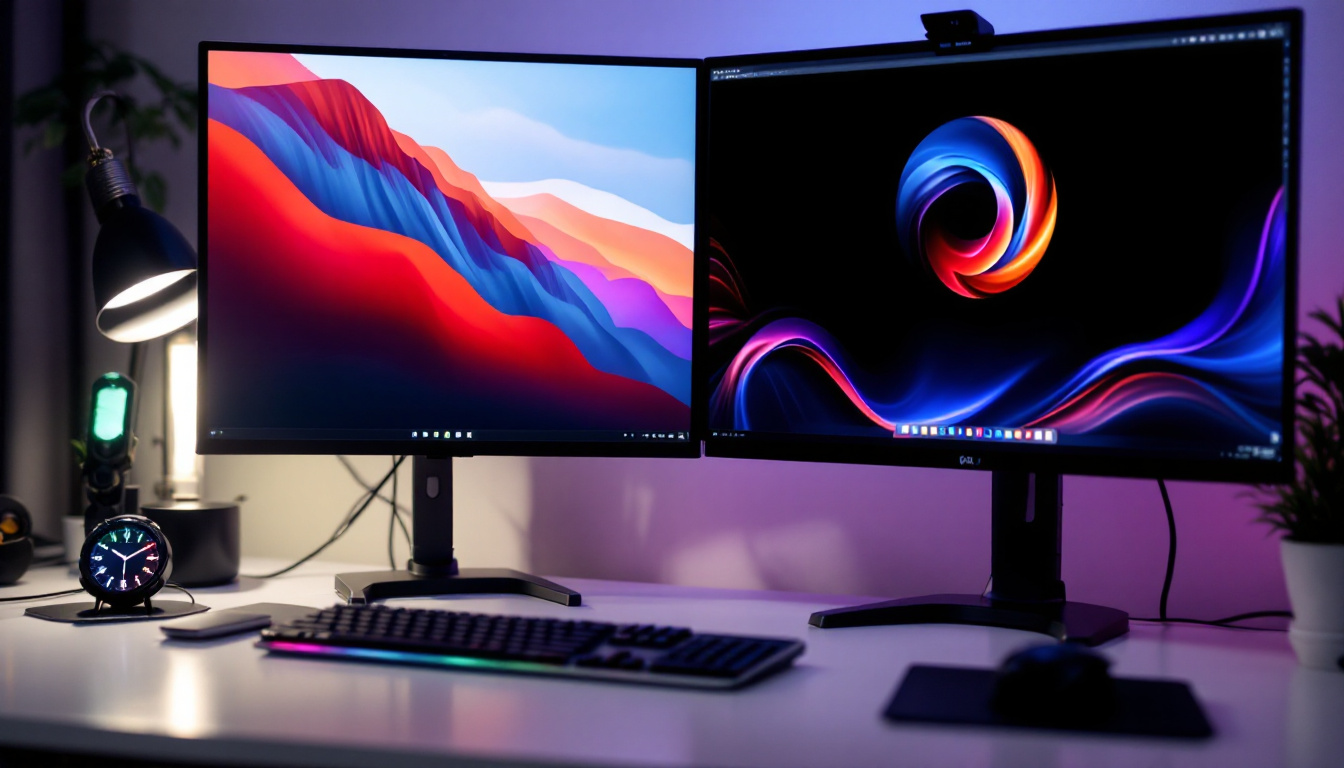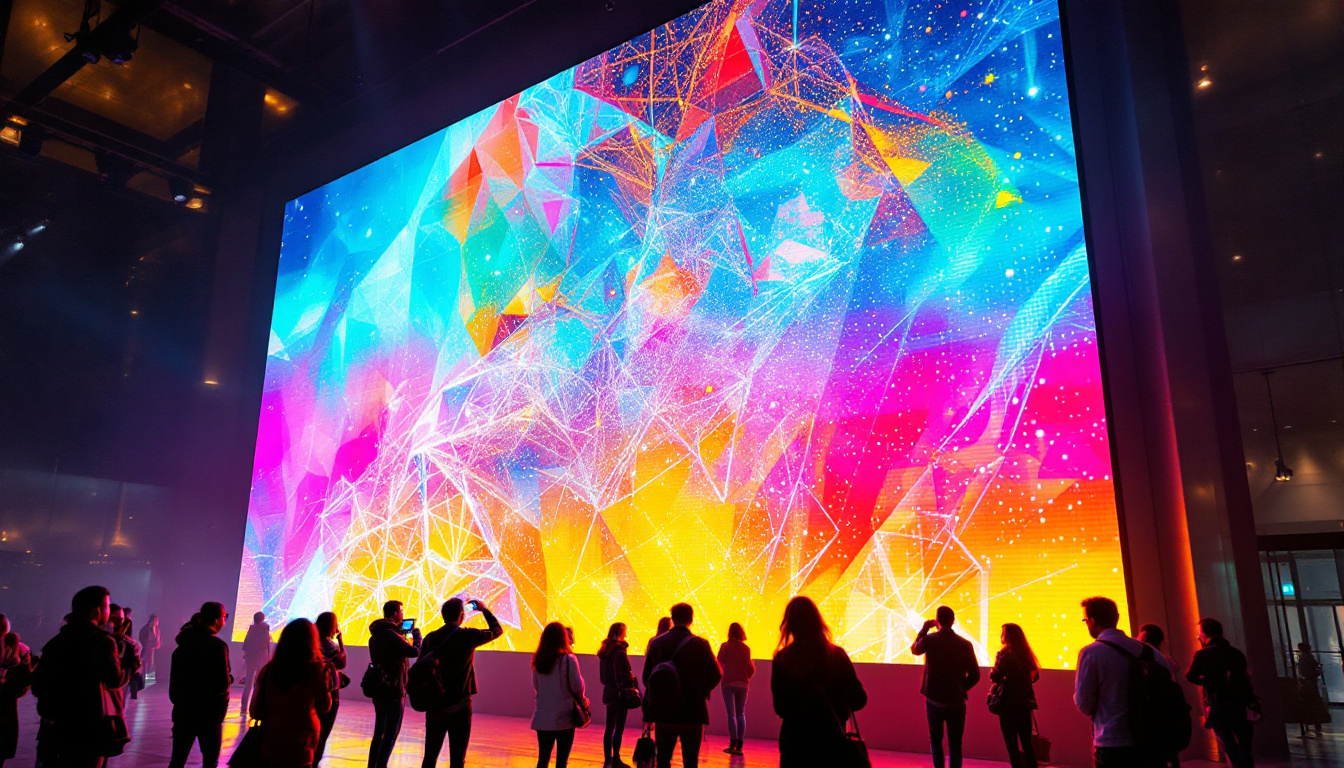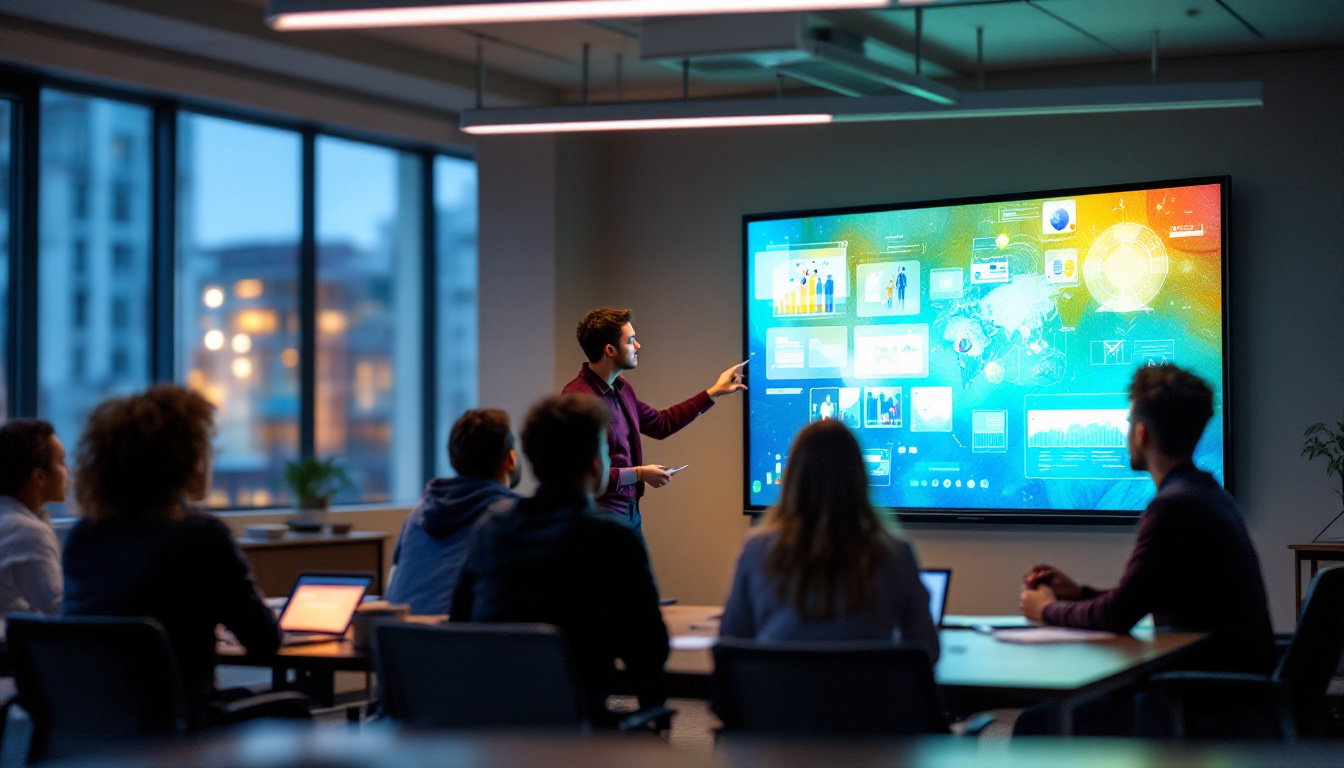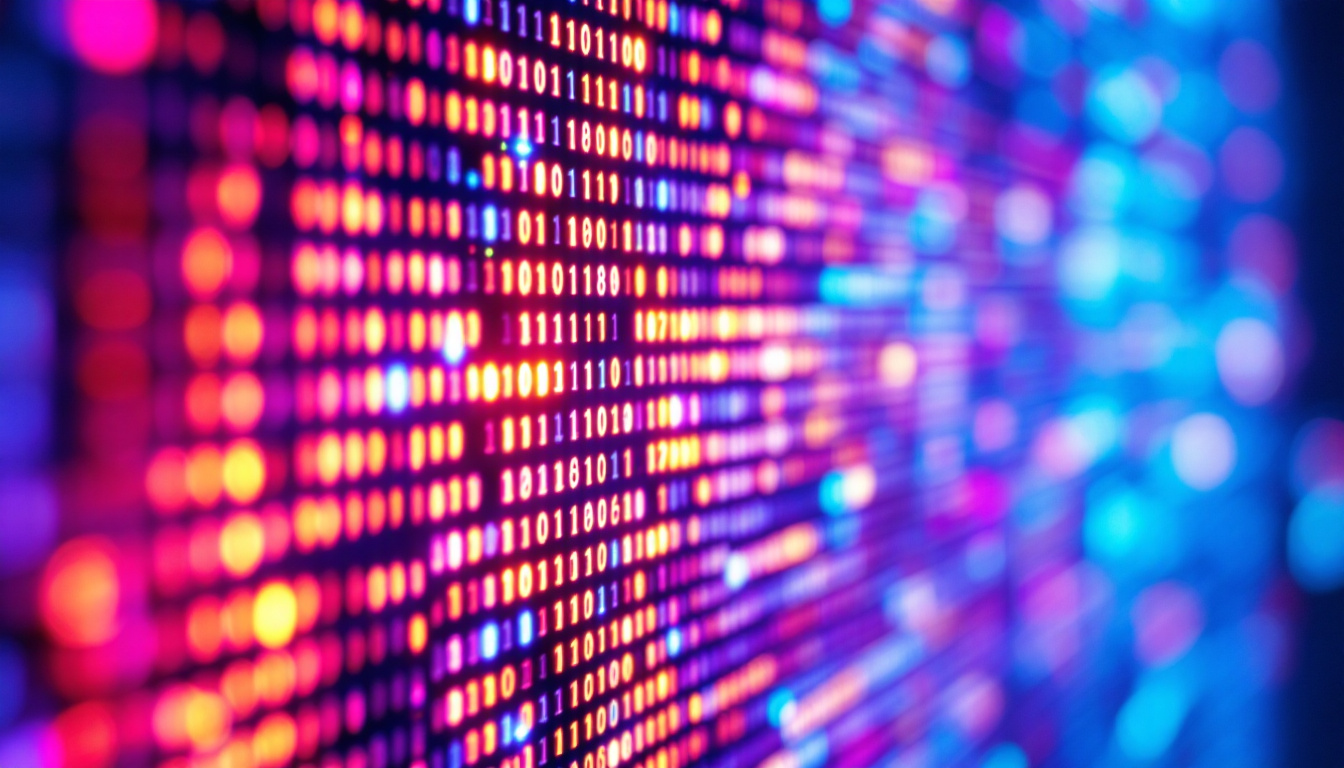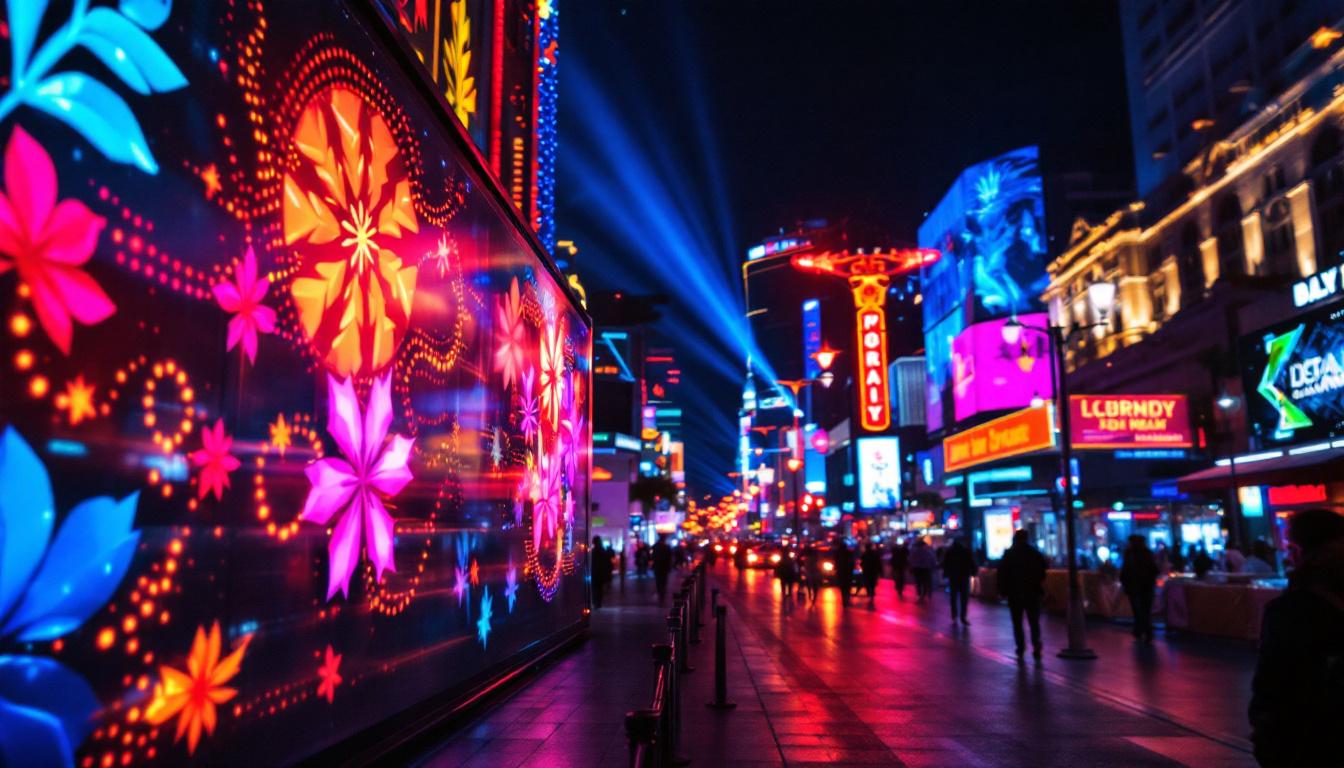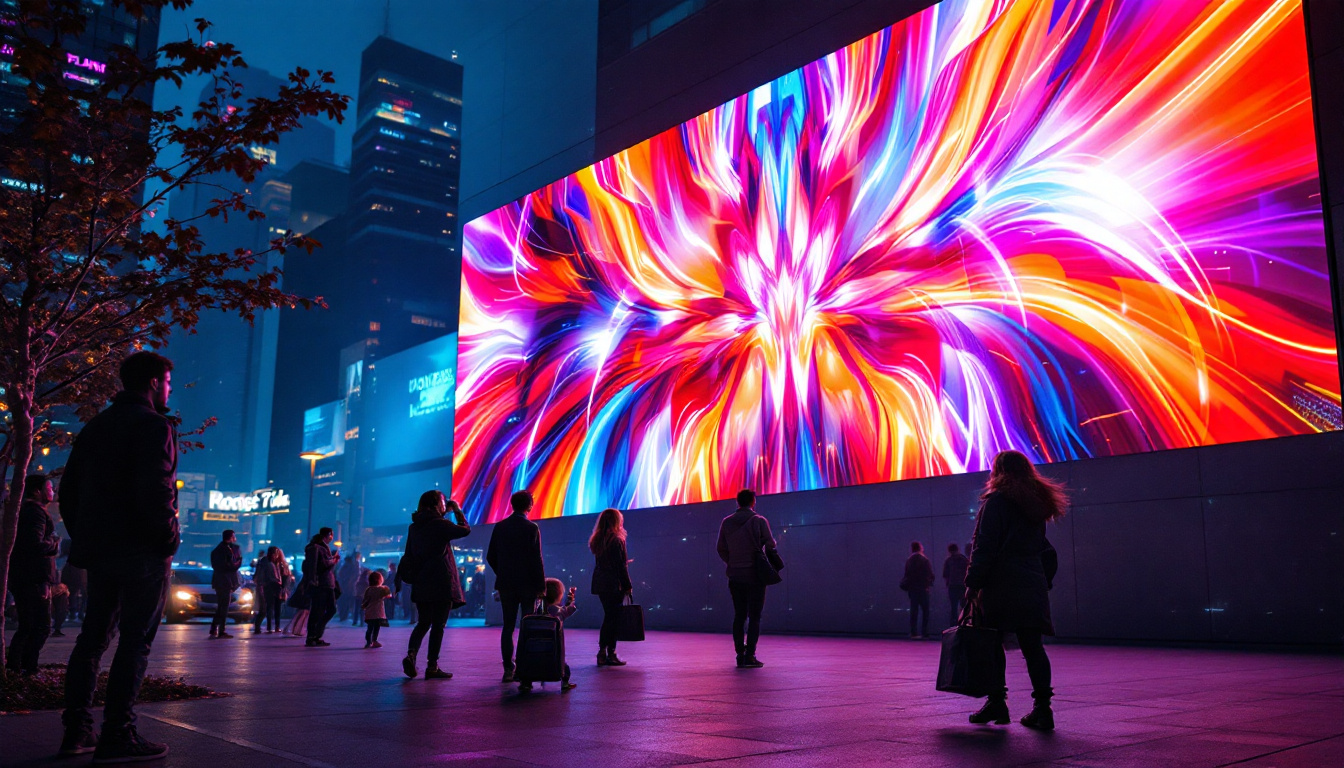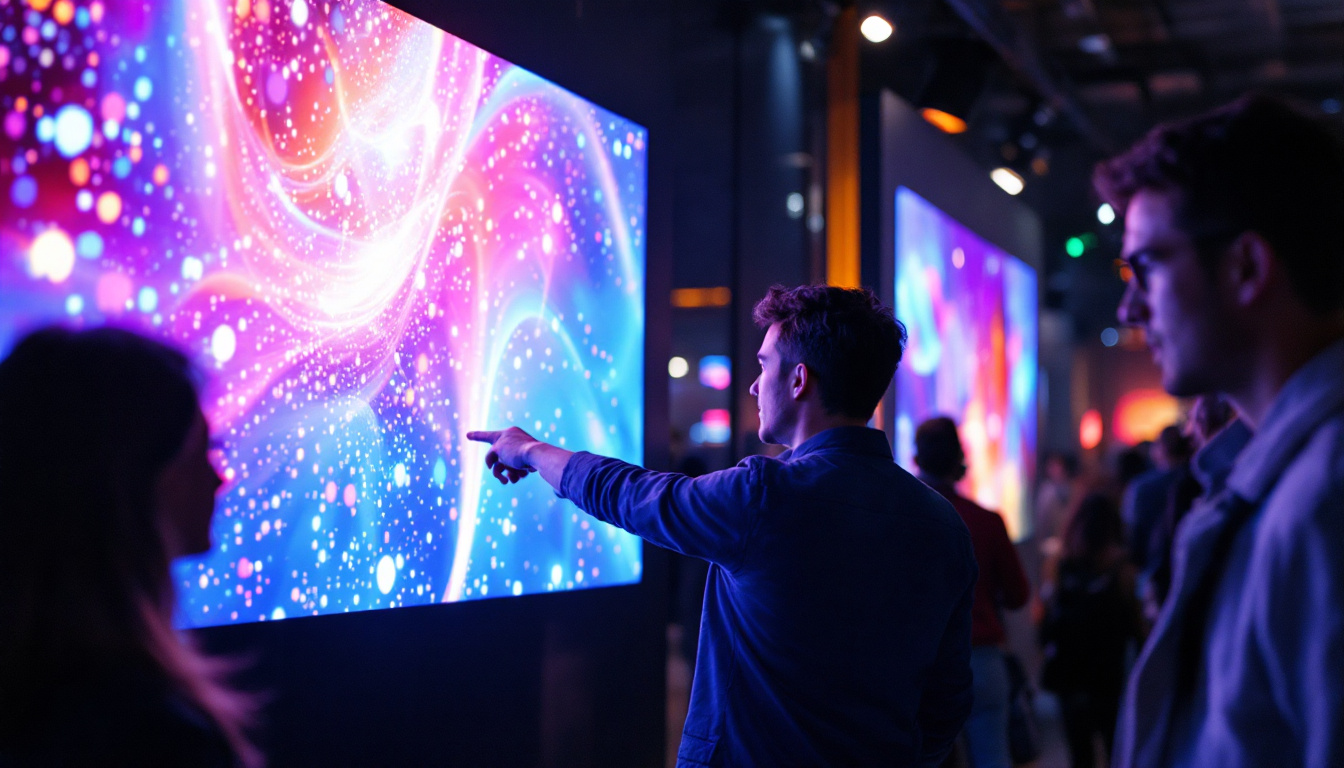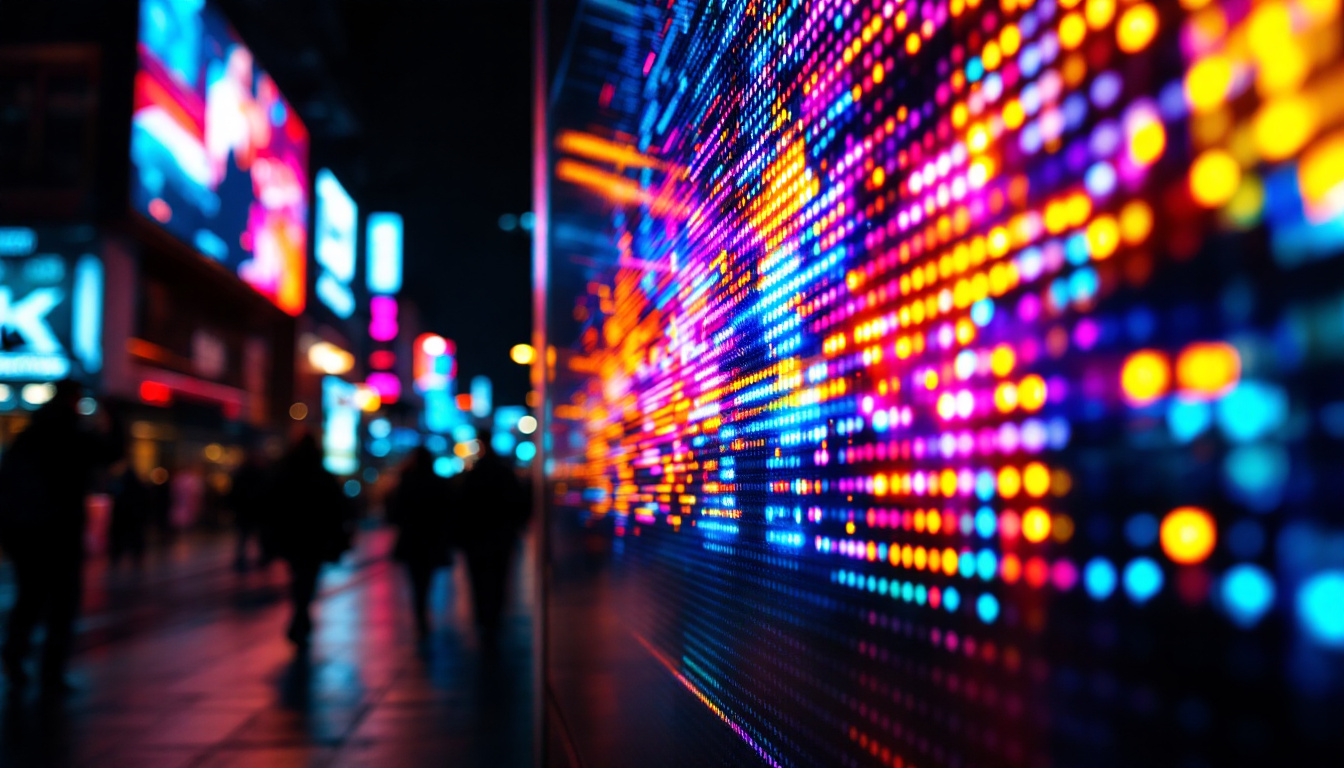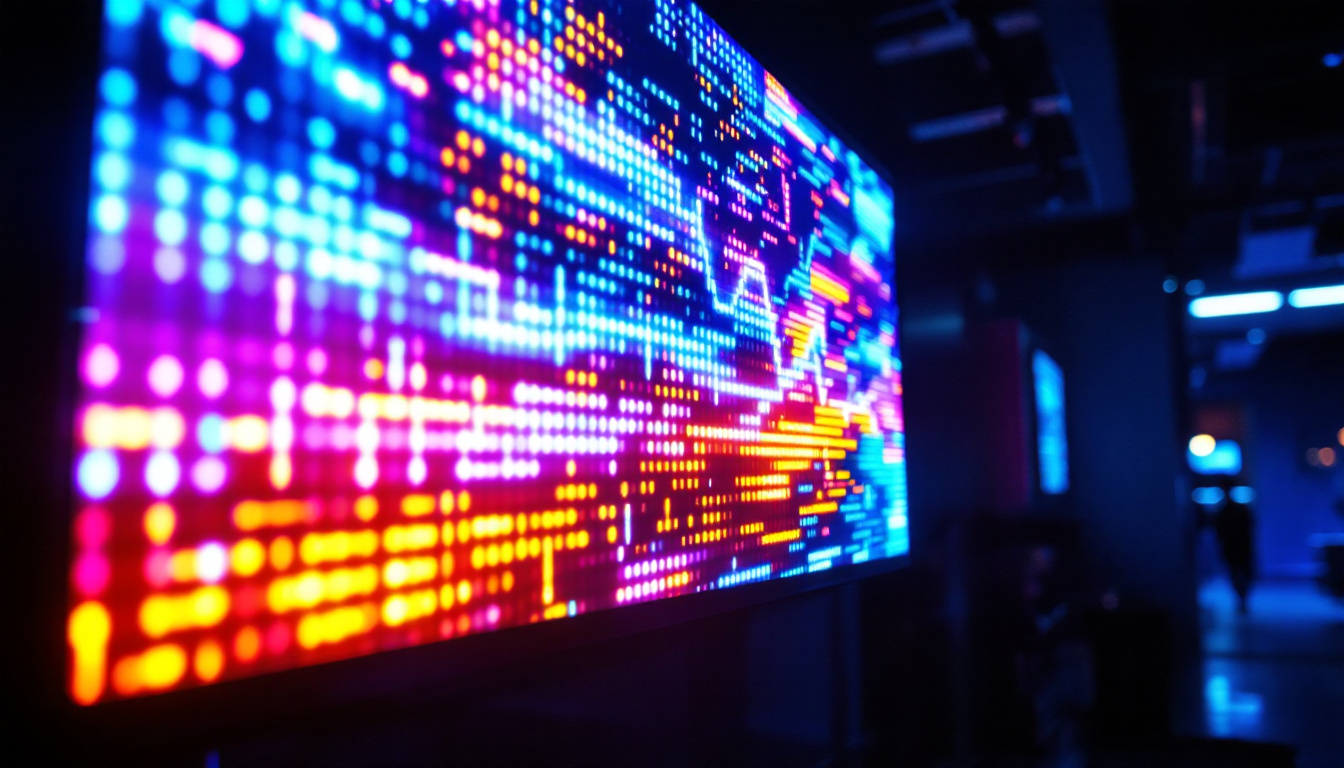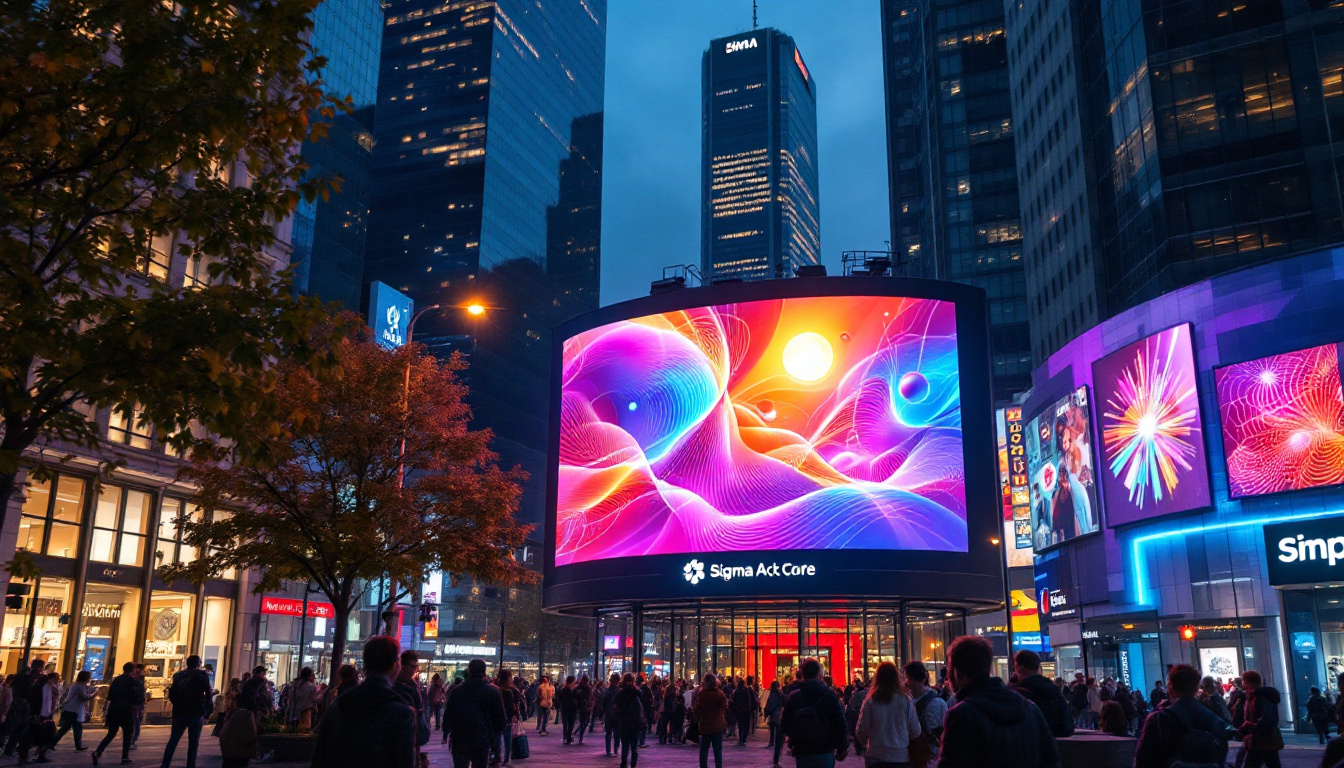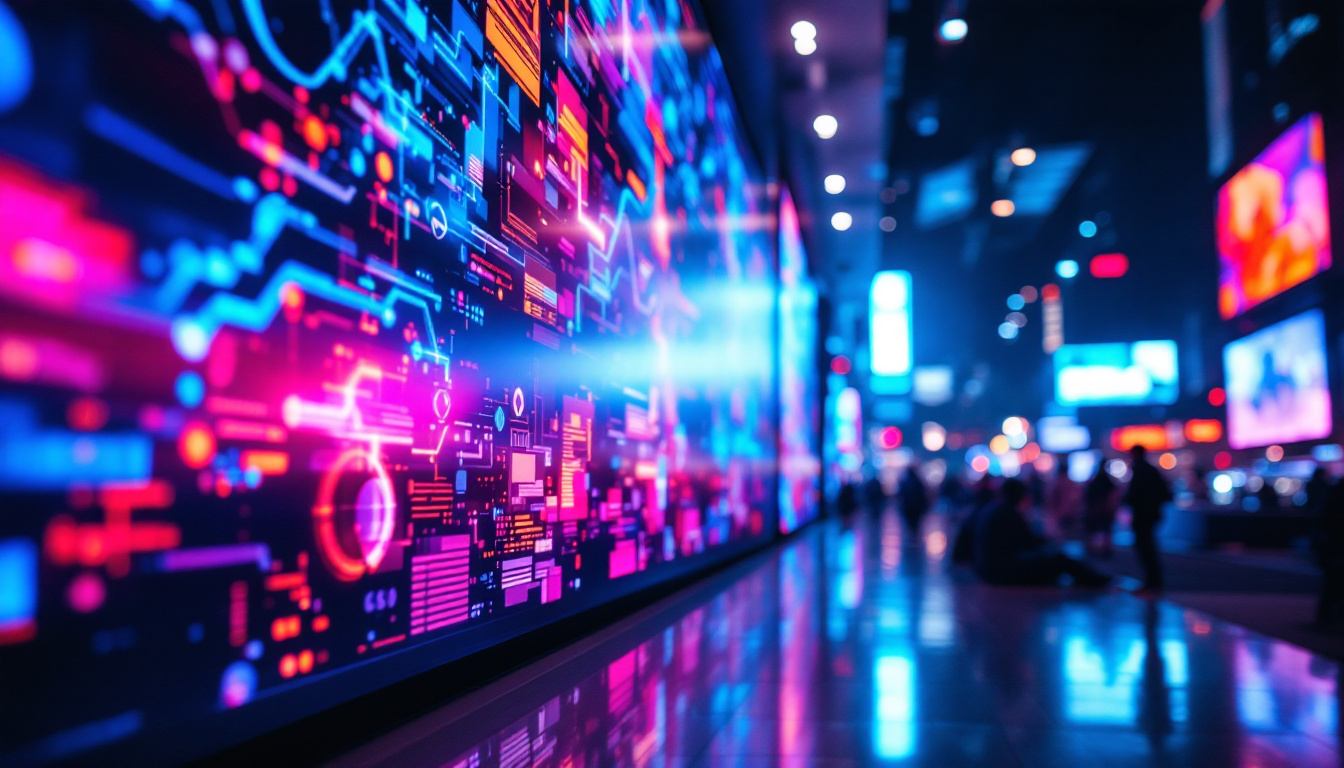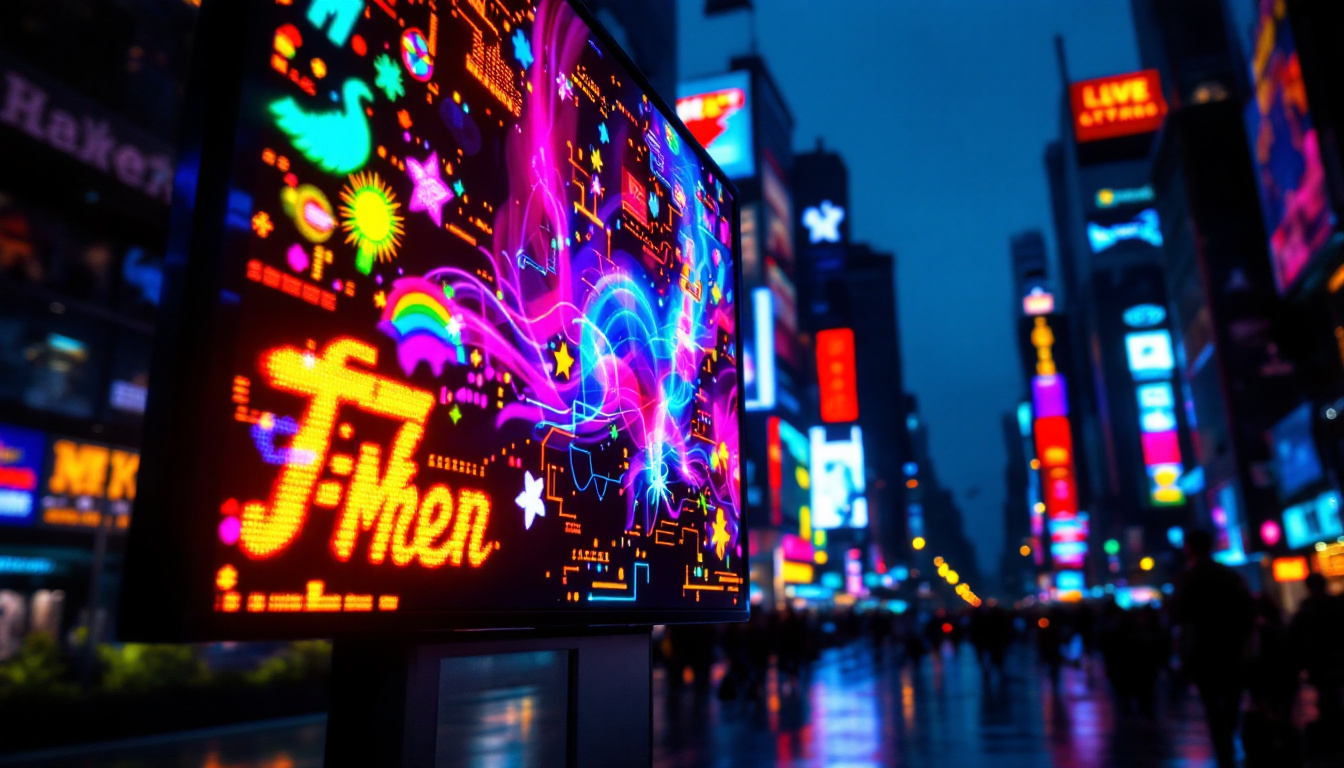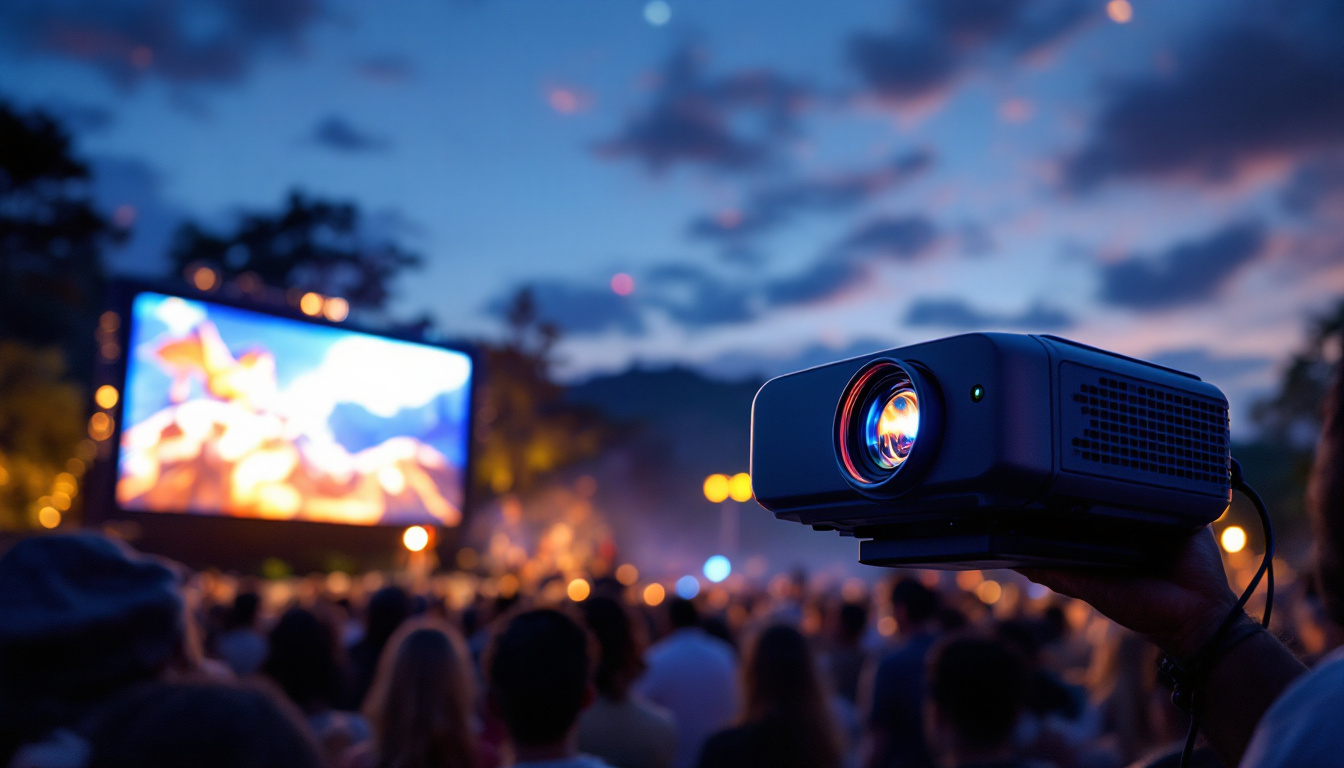In today’s digital age, touch screen displays have become an integral part of various devices, from smartphones and tablets to kiosks and industrial machines. Among the different types of displays available, LED (Light Emitting Diode) technology has gained significant attention due to its affordability, efficiency, and versatility. This article delves into the world of cheap touch screen displays, specifically focusing on LED technology, its advantages, and its applications.
Understanding LED Technology
LED technology has revolutionized the way displays are constructed and utilized. Unlike traditional LCD displays that rely on backlighting, LED displays use light-emitting diodes to produce images. This fundamental difference results in numerous benefits that make LED displays a popular choice.
How LED Displays Work
At the core of LED technology is the ability of diodes to emit light when an electric current passes through them. In an LED display, millions of these tiny diodes are arranged in a grid, creating pixels that can change color and brightness. This allows for vibrant images and sharp text, making LED displays ideal for various applications.
Moreover, LED displays can be further categorized into two types: passive and active matrix. Passive matrix displays are simpler and less expensive but may not provide the same level of performance as active matrix displays, which offer faster response times and better image quality. Active matrix displays utilize a grid of transistors that control each pixel individually, allowing for more precise control over color and brightness, which is particularly beneficial in high-resolution applications such as video walls and digital signage.
Benefits of LED Displays
The advantages of LED displays extend beyond just their operational mechanics. For consumers looking for cost-effective solutions, LED technology offers several key benefits:
- Energy Efficiency: LED displays consume significantly less power compared to traditional displays, resulting in lower energy bills and a reduced carbon footprint.
- Longevity: With a lifespan of up to 50,000 hours, LED displays are designed to last longer, reducing the frequency of replacements.
- Brightness and Clarity: LED displays provide superior brightness and contrast, making them suitable for both indoor and outdoor use.
- Thin and Lightweight: The compact nature of LED technology allows for thinner and lighter displays, facilitating easier installation and portability.
In addition to these benefits, LED technology is also highly versatile, making it suitable for a wide range of applications. From large-scale outdoor billboards to small screens in handheld devices, LEDs can be adapted to fit various sizes and formats. This adaptability has led to their widespread adoption in industries such as advertising, entertainment, and even automotive displays. Furthermore, advancements in LED technology continue to emerge, including innovations like organic LEDs (OLEDs) that offer even greater color accuracy and flexibility, paving the way for future developments in display technology.
Another noteworthy aspect of LED displays is their environmental impact. As consumers become increasingly conscious of sustainability, the reduced energy consumption and longer lifespan of LED technology contribute to a greener planet. Many manufacturers are now focusing on creating energy-efficient products that not only meet consumer demand but also align with global efforts to reduce waste and promote eco-friendly practices. This shift towards sustainability is not just a trend; it is becoming a standard expectation in the technology industry, further solidifying LED displays as a leading choice for modern applications.
Applications of Cheap Touch Screen LED Displays
Cheap touch screen LED displays are versatile and can be found in a multitude of settings. Their affordability and functionality make them suitable for various industries and applications.
Consumer Electronics
One of the most common applications of touch screen LED displays is in consumer electronics. Smartphones, tablets, and laptops utilize this technology to provide users with interactive interfaces. The touch functionality allows for intuitive navigation, enhancing the overall user experience. Moreover, advancements in touch sensitivity and multi-touch capabilities have transformed how users interact with their devices, enabling gestures such as pinch-to-zoom and swipe, which have become second nature in daily digital interactions. This evolution has not only improved usability but also opened doors for innovative applications in gaming and augmented reality, where immersive experiences rely heavily on responsive touch input.
Retail and Kiosks
In retail environments, touch screen LED displays are increasingly used for interactive kiosks. These kiosks can provide customers with product information, facilitate self-service checkouts, and even offer personalized recommendations based on user interactions. Their vibrant displays attract customers and engage them effectively. Additionally, many retailers are leveraging these displays to create dynamic marketing campaigns, showcasing promotional videos or advertisements that can be updated in real-time. This adaptability allows businesses to respond quickly to changing trends and consumer preferences, ultimately driving sales and enhancing customer satisfaction. Furthermore, the integration of payment systems within these kiosks streamlines the purchasing process, making it more efficient and convenient for shoppers.
Industrial and Medical Use
Beyond consumer applications, touch screen LED displays have found their way into industrial and medical settings. In factories, these displays can be used for monitoring equipment, controlling processes, and providing real-time data to operators. The ability to interact with complex machinery through a user-friendly interface significantly reduces the likelihood of errors and enhances operational efficiency. In medical environments, touch screens can facilitate patient check-ins, access to medical records, and even telemedicine consultations. The use of touch screen technology in hospitals and clinics not only improves workflow but also enhances patient engagement, allowing individuals to take a more active role in their healthcare. For instance, patients can easily navigate through their treatment options or access educational materials about their conditions, fostering a more informed and participatory healthcare experience. Additionally, the durability and ease of cleaning of these displays make them particularly suitable for environments where hygiene is paramount, such as surgical rooms and patient wards.
Choosing the Right Touch Screen LED Display
When considering a cheap touch screen LED display, several factors should be taken into account to ensure the best choice for specific needs. Understanding these factors can help consumers make informed decisions.
Screen Size and Resolution
The size and resolution of the display are critical factors that influence usability and visual quality. Larger displays with higher resolutions are ideal for applications requiring detailed visuals, such as graphic design or video editing. Conversely, smaller displays may suffice for simpler tasks like browsing or basic data entry.
Touch Technology
Different touch technologies are available, including resistive, capacitive, and infrared. Capacitive touch screens are more responsive and support multi-touch gestures, making them suitable for modern applications. However, resistive touch screens can be more cost-effective and are often used in environments where durability is a priority.
Connectivity Options
Connectivity is another essential consideration. Depending on the intended use, displays may need to support various input methods, such as HDMI, USB, or wireless connections. Ensuring compatibility with existing systems can save time and resources during implementation.
Cost Considerations and Budgeting
While cheap touch screen LED displays offer an affordable solution, it’s essential to consider the overall cost implications, including initial purchase price, installation, and maintenance expenses. Understanding these factors can help organizations budget effectively.
Initial Investment vs. Long-Term Savings
Investing in a cheap touch screen LED display often leads to long-term savings. Although the initial cost may be lower for traditional displays, the energy efficiency and longevity of LED technology can result in significant savings over time. Additionally, fewer replacements and repairs can further reduce overall expenses.
Maintenance and Support
When budgeting for a touch screen LED display, it’s crucial to factor in maintenance and support costs. Regular maintenance can prolong the lifespan of the display and ensure optimal performance. Organizations should consider whether they have the in-house expertise to handle maintenance or if they will need to outsource these services.
Future Trends in Touch Screen LED Displays
The landscape of touch screen LED displays is continually evolving, driven by advancements in technology and changing consumer preferences. Staying informed about these trends can help businesses and consumers make strategic decisions.
Integration with Smart Technologies
As smart technology becomes increasingly prevalent, touch screen LED displays are being integrated into IoT (Internet of Things) devices. This integration allows for seamless communication between devices, enhancing user experience and functionality. For example, smart home systems often utilize touch screens for centralized control of various devices.
Enhanced Interactivity
Future touch screen displays are expected to offer enhanced interactivity features, such as gesture recognition and voice control. These advancements will allow for more intuitive user experiences, making technology more accessible to a broader audience. The incorporation of augmented reality (AR) and virtual reality (VR) elements is also anticipated, further enriching user engagement.
Environmental Considerations
With growing awareness of environmental issues, manufacturers are increasingly focusing on sustainable practices. Future touch screen LED displays may incorporate eco-friendly materials and energy-efficient designs, aligning with consumer demand for greener products. This shift not only benefits the environment but can also enhance brand reputation.
Conclusion
Cheap touch screen LED displays represent a significant advancement in display technology, offering a blend of affordability, efficiency, and versatility. Their applications span various industries, from consumer electronics to healthcare, making them a valuable investment for businesses and individuals alike. By understanding the technology, evaluating options, and staying informed about future trends, consumers can make informed decisions that meet their needs and budget.
As technology continues to evolve, the potential for touch screen LED displays is vast. Embracing these innovations can lead to enhanced user experiences and improved operational efficiency, paving the way for a more interactive and connected future.
Discover LumenMatrix’s Innovative LED Display Solutions
Ready to elevate your visual experience with the latest in LED display technology? Look no further than LumenMatrix, where innovation meets excellence. Our comprehensive range of LED display modules, including Indoor and Outdoor LED Wall Displays, Vehicle LED Displays, and specialized solutions like LED Sports and Floor Displays, are designed to captivate your audience and amplify your brand’s message. Embrace the future of visual communication with our Custom, All-in-One, and Transparent LED Displays. Don’t miss the opportunity to transform your space. Check out LumenMatrix LED Display Solutions today and see the difference for yourself.

